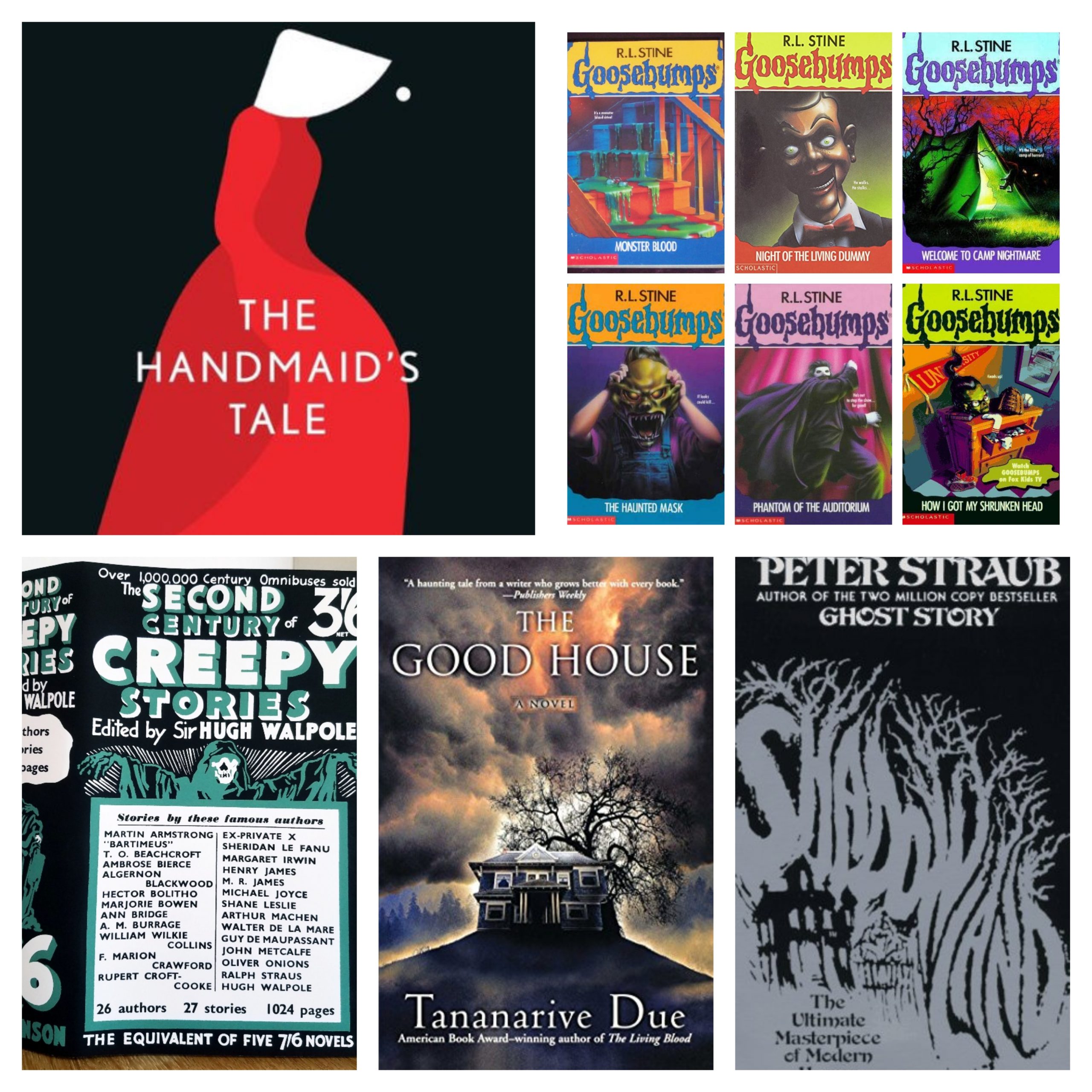It’s been a hot minute since the last one of these, but like Jason returning from the grave to machete another troop of camp counselors, I humbly return to slaughter a few books… Yes, I know the analogy doesn’t work. Whatever, chump! Don’t hassle me! Anyway, in this round up of reading material, we have an all-too-prescient dystopian classic, another big ass horror anthology, a tale of a cursed house out to destroy a family, an imaginative story of sinister magic and MOAR GOOSEBUMPS FRIEND.
For those just joining me, this is my journey through the following “Best of” Horror lists:
Reedsy Discovery Best Horror Books
Stephen Jones & Kim Newman’s Horror: 100 Best Books
Stephen Jones & Kim Newman Horror: Another 100 Books
If you want to check out my previous entries, they can be found here:
Part 26 | Part 25 | Part 24 | Part 23 | Part 22 | Part 21 | Part 20 | Part 19 | Part 18 | Part 17 | Part 16 | Part 15 | Part 14 | Part 13 | Part 12 | Part 11 | Part 10 | Part 9 | Part 8 | Part 7 | Part 6 |Part 5 | Part 4 | Part 3 | Part 2 | Part 1
Now ’tis time to don the shawl of sadness and pass beyond the veil.
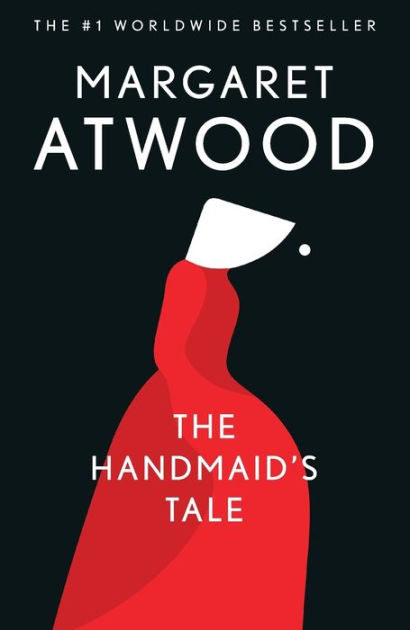
The Handmaid’s Tale (Margaret Atwood, 1985)
List: NPR
The handmaids are Gilead’s breeding mules. Offred hopes each day that she becomes pregnant by the Commander’s lifeless thrustings. She only gets three tries and then it’s off to the colonies. Handmaid’s are rarely allowed out of doors and never alone. Gilead has scrubbed clean all of the prior life’s temptations and distractions like books, games, TV, etc. Offred has little to do but just sit and wait for her next “ceremony” with the Commander. She thinks about her previous life before Gilead transformed the face of the country. She thinks about her carefree and independent days with her husband Luke and her daughter. But those days are over.
It was about time I got around to this landmark dystopian novel given the current political climate making Gilead seem less and less preposterous of a future by the day. Atwood writes this first-person narrative with a crispness and frankness that lent the book a nice pacing and even a bit of humor at times amid the relentlessly bleak picture it paints. The world-building elements of the book are impressive in their own right as well, really fleshing out this situation without a lot of overt exposition dumps (save one big one at the end). The tension is the book is quite remarkable as well. Atwood is able to wring suspense from whispered conversations, archaic phrases carved into the back of closets, even a game of Scrabble. The most fascinating idea in all of this to me is how the general public doesn’t even seem to be that aware that all of these atrocities are happening, Atwood drawing parallels to Nazi Germany. It’s a small detail the novel barely touches on but a powerful one, making it all the more effecting as something that could really happen if we let things go too far.

A Second Century of Creepy Stories (edited by Sir Hugh Walpole, 1937)
List: Jones/Newman
Good lawd awmighty! Another 1000+ page anthology! Although it does have a several stories that have overlapped with prior collections, this is still a big, FAT book. Curated by Sir Hugh Walpole who was probably more well-known for his melodramas than his gothic horror at the time, this book collects a quite impressive array of stories whose qualities are undeniable in many cases. The centerpiece of the collection is Henry James’ The Turn of the Screw, which I had read prior and didn’t feel the need to revisit. It’s a book of haunting and creative ideas but executed in a manner that I found stuffy and lacking in any real thrills. Others I’ve already read include novellas like Olver Onions’ excellent The Beckoning Fair One and J. Sheridan Le Fanu’s influential Carmilla. It also includes other often anthologized stories like Crawford’s “The Upper Birth”, Guy de Maupassant’s “The Horla” and M. R. James’s “Mr Humphreys and His Inheritance”. Among those I hadn’t read before, “Change” by Arthur Machen was an odd and interesting conclusion told in his wistful but mysterious style. “Monsieur Seeks A Wife” is another that delves into a kind of folk history to find its creeps with a pretty effective ending although I felt it took too long in the setup. Walter de la Mare’s “The Trumpet” was an interesting one that harnesses a child’s natural curiosity for a more strange and unsettling end. Some stories here feel a little too uninteresting or predictable though like “The Accident” and “Banquo’s Chair”. Perhaps my favorite find in this collection though is Ralph Straus’ “The Most Maddening Story in the World” which certainly lives up to its name with an ending that will leave you frustrated and baffled. Overall this is a certainly a worthwhile collection to check out. The biggest problem you’ll have though is tracking it down. With copies online selling for hundreds of dollars I lucked out and was able to find it through an Inter Library Loan. This was actually one of the few I was most concerned about gaining access to on this big list. But I did it, ma! Top o’ the world!
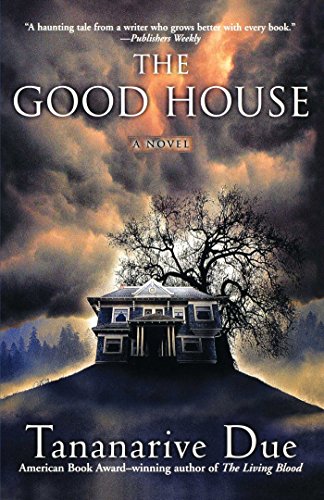
The Good House (Tananarive Due, 2003)
List: Reedsy Discovery
After suffering a terrible family tragedy of her son’s apparently suicide in the basement of the family home, affectionately called The Good House, she attempts to get away but is drawn back to the house and it’s strange power that it seems to hold over the local townfolk and those close to Angela. What had Angela’s son been doing before his untimely demise? Why won’t her son’s friend Shaun talk about what they were doing before her son’s death? Why did Angel’s friend and client Naomi Price wake up in the basement one day in the exact position Angela’s son was found?
The Good House is a sprawling book that takes its time building up familial connections and really getting into the headspace of Angela, overtaxed, stressed out and riddled with sadness and anguish over what happened to her son. We get to know the local people in the town of Sacagawea like their own our friendly neighbors, which goes a long way in creating more emotional impact when things start going south. At first I wasn’t keen on the structure of going back and forth between Angela in present day and her son’s story in the past leading up to his death, but it made more sense in retrospect in how things culminated in the final act of the novel. Overall, it was quite a good book and Due has a knack for building emotionally resonant characters. I really had one major problem with the book that I’ll refrain from discussing since it would be a major spoiler. Regardless, it’s still a solid novel worth checking out for fans of hoodoo curse horror.
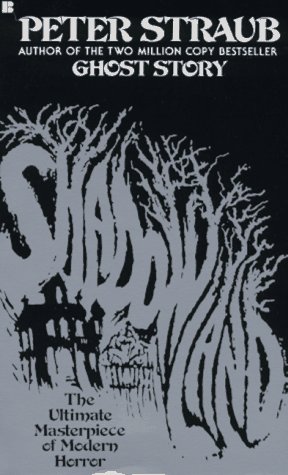
Shadowland (Peter Straub, 1980)
List: NPR
Tommy Flanagan and Del Nightingale are good friends at an all-boys private academy where increasingly unpleasant events are occurring, much of it involving the psychopathic fellow student Skeleton Ridpath, culminating in a terrible fire outbreak that results in the death of a student. But this is only the beginning of their strange and sinister adventure which really starts when they go to visit Del’s uncle in the secluded Vermont estate, dubbed Shadlowland. Del’s uncle, Coleman Collins, is a real magician, not just the kind that does common parlor tricks (although he can do those if the desire so strikes him) but the kind that can levitate, exert influence over others and even transform matter and travel through time. He sees something special in Tommy, something of himself. But as time grows ever closer to Collins’ repeat farewell performance, the line between fantasy and reality begins to blur, and Collins’ sinister plans begin to reveal themselves piece by piece until nothing remains but to sit back and watch the show.
Straub has always been a writer I appreciate more than a writer I read for fun. He often seems to writes sprawling, thematically complex novels that while certainly seem worth it in the end, takes a long time in getting there. Yes, he’s a contemporary of Stephen King’s and has collaborated with him on two novels, but really they are quite different authors with the only commonality between them an interest in horror Americana. Shadowland is a book that deals in legerdemain. Straub himself is the magician, showing you one thing while sleight of hand sending the plot spiraling into a different direction altogether. Much like Tommy and Del’s creeping conclusion of Del’s uncle, it becomes difficult to trust anything that’s happening in the book. Much of it is illusion except where it isn’t. Everything is a lie. Even when things are seemingly joyful and carefree, there’s an undercurrent of something sinister at work. The book spends nearly a third of its page count at the boys’ school, Tommy Flanagan as an adult recounting the events that occurred during a tumultuous semester before the plot zags into the meat of the story as Coleman Collins begins to tell his story and reveal his great plan. Shadowland is a dark and complicated novel that may not be to everyone’s liking, but I feel like it’s a rewarding book that’s worth checking out if you are a fan of dark fantasy or Straub’s particular multi-layered, unhurried approach.
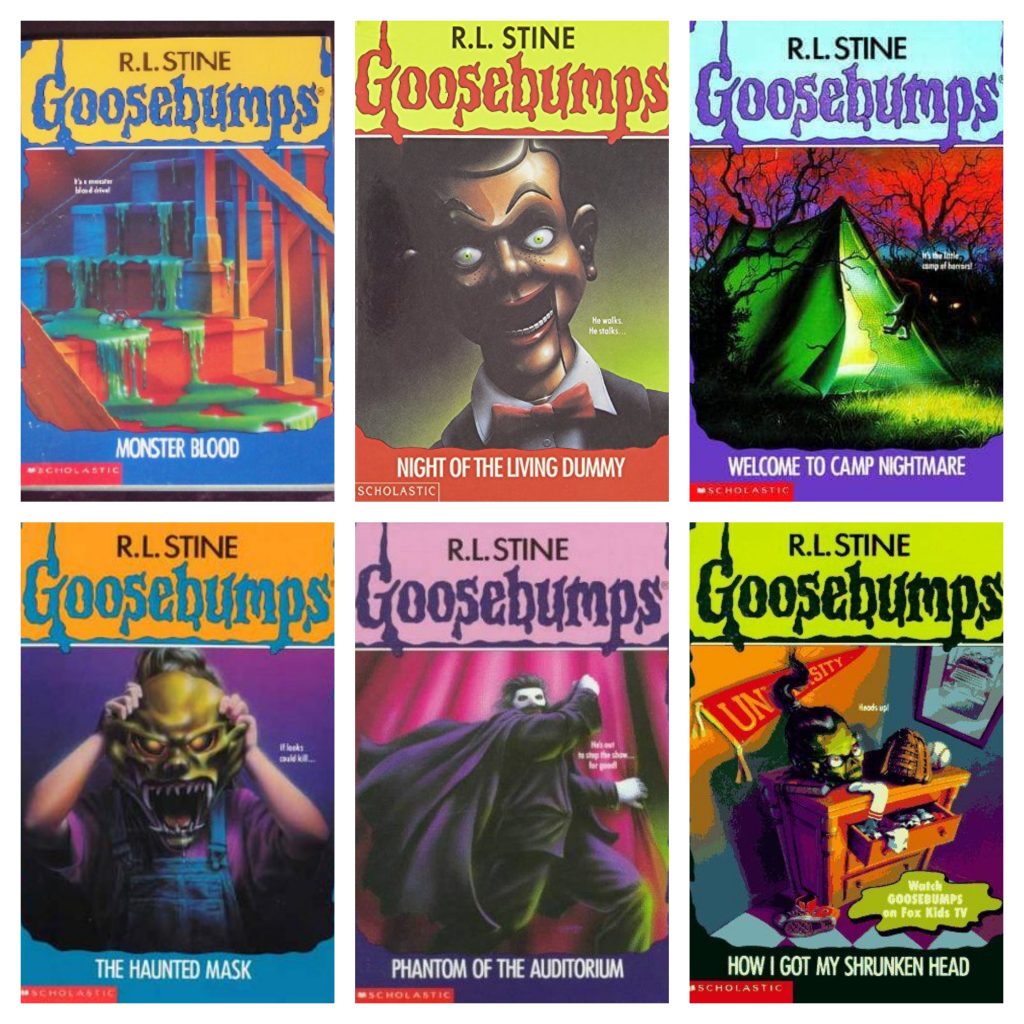
Goosebumps Round-Up Part 2
In all the excitement, it’s hard not to sweep these under the rug. But I guess it’s about time to throw another handful of Goosebumps books at the wall and see what sticks if anything. In this batch, my son and I did tackle some heavy-hitters, so maybe there’s something worth looking at here?
Monster Blood: One of the most successful of the Goosebumps books and the only title to actually spawn THREE sequels in the main line, this one is basically a Goosebumps version of The Blob but of course kiddie-fied for the target audience. It actually does have a nice Blob-like moments of the Monster Blood consuming some shitty bullies, but then it back-pedals at the end and restores them just as they were, albeit a little shaken up for their experience. Overall, this one wasn’t great but I can see the appeal for younger kids with it’s constant oozy premise.
Night of the Living Dummy: Here we have what is almost certainly the most famous Goosebumps antagonist, Slappy the creepy ass dummy (although this first book does pull a bait & switch that might have actually caught people off guard when it was first read). Again, it’s not a bad one but it does grow a little tiring of the only “The dummy did it, not me!” routine repeated over and over.
Welcome to Camp Nightmare: Kids goes to a crappy summer camp where the authority figures are bizarrely unconcerned about things like snake bites and missing children. The premise is genuinely interesting at first, but the twist ending is ludicrous and just doesn’t work for me at all.
The Haunted Mask: A scared little girl who’s always getting pranked puts on a scary mask to scare her bullies but ends up getting the mask stuck on her head which warps her personality. This is another Goosebumps that might’ve worked ok as a short story but stretched out to book length just wears thin of the same situations happening over and over. Also the ending could be seen coming from a mile away.
Phantom of the Auditorium: Basically a Goosebumps version of Phantom of the Opera, this one was particularly lame with a hobo being the cause of much of the destruction at a high school project of a rip off of The Phantom with a random pasted on coda that makes no sense. One of the worst of the Goosebumps books we’ve read so far.
How I Got My Shrunken Head: This one at least has a fresh location going for it by largely taking place in the jungle. The premise itself is beyond thin though with a shrunken head somehow creating magical powers? I dunno. It was dumb.

